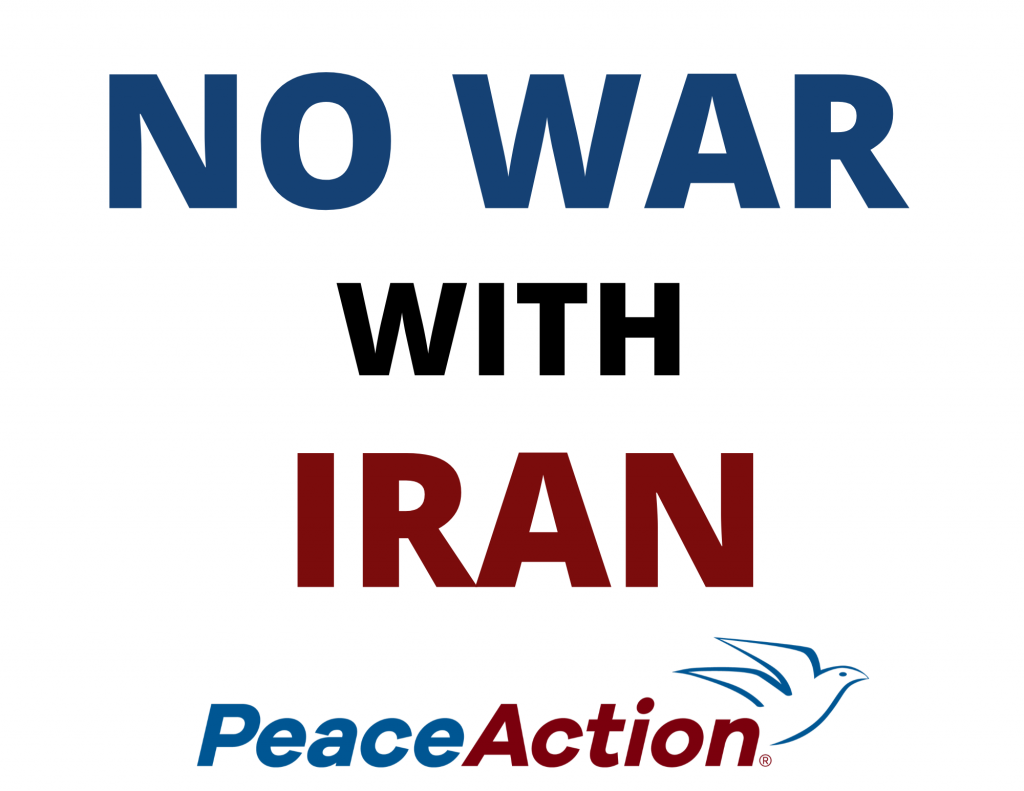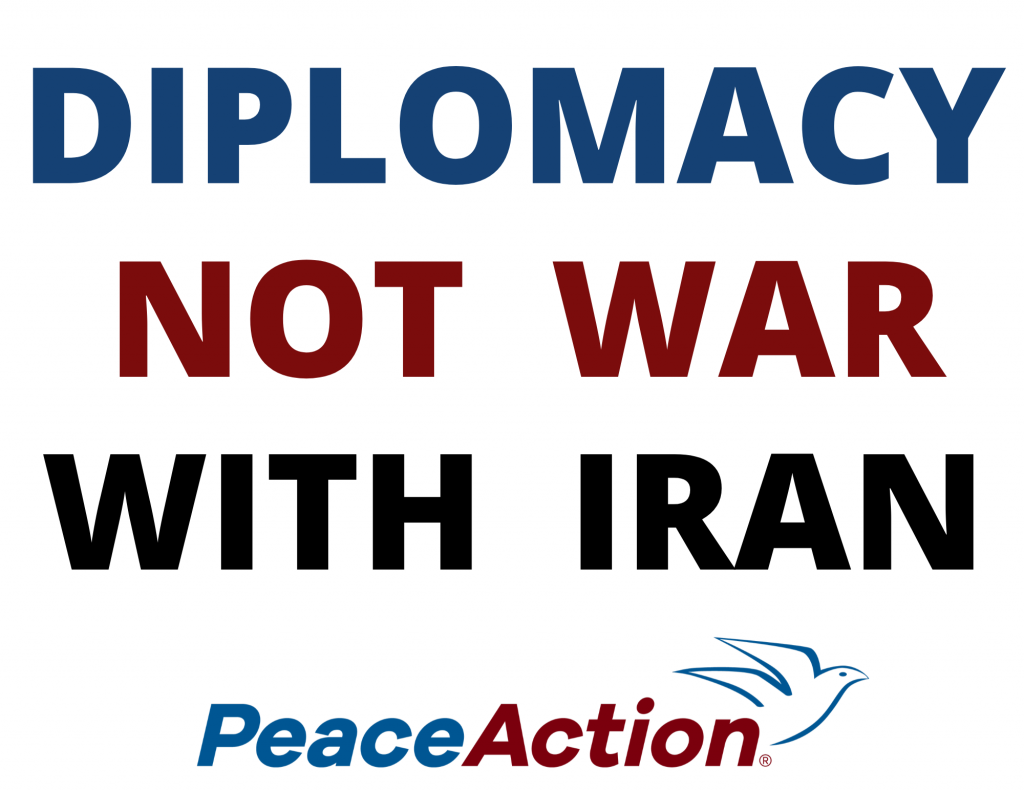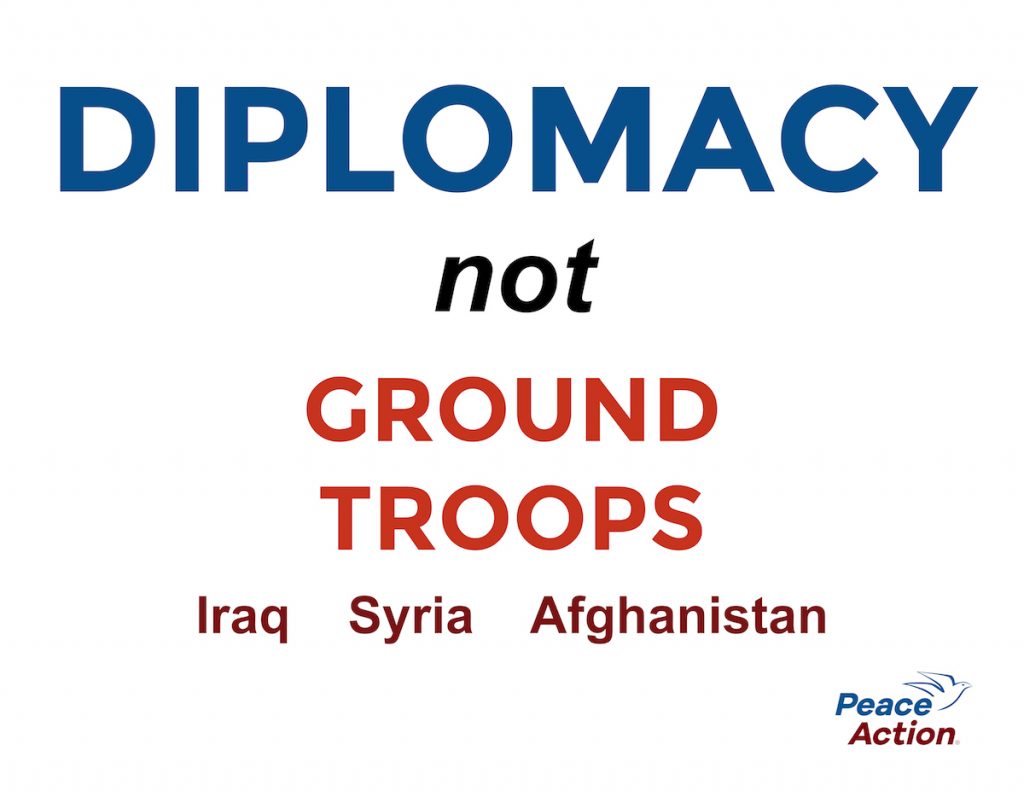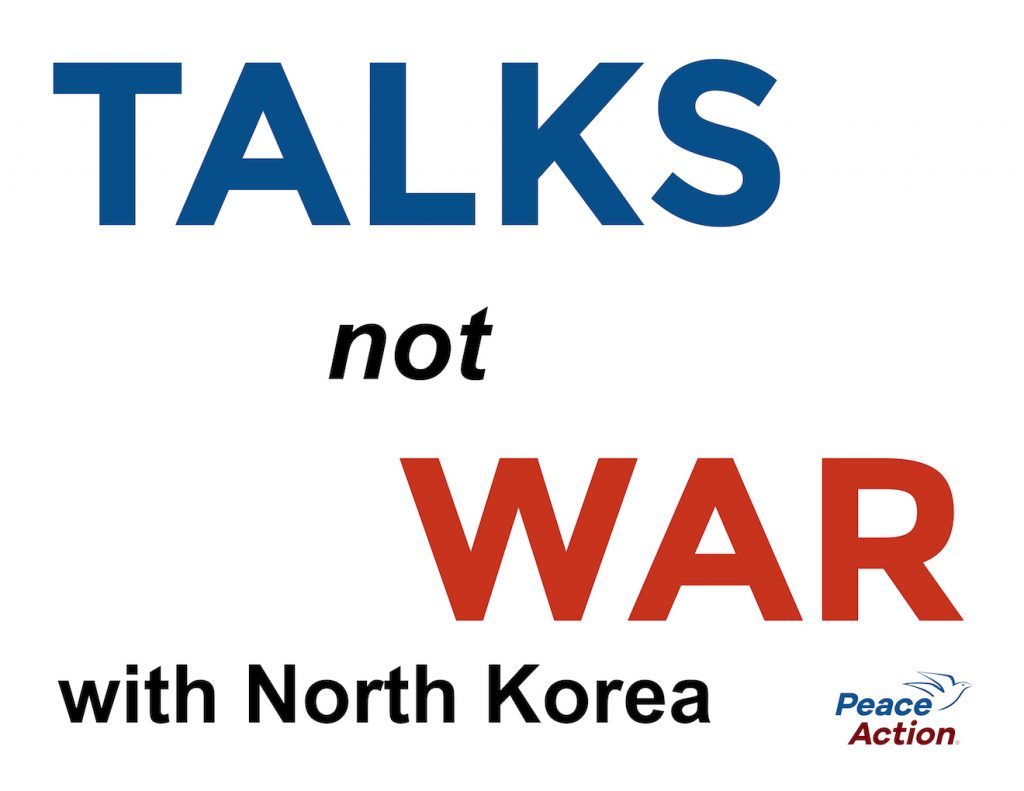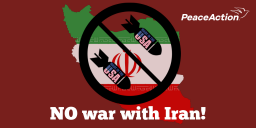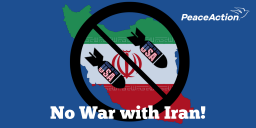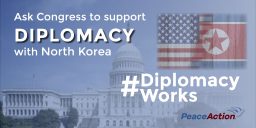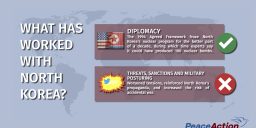Activist Toolkit
Your guide to taking action for peace in the Trump era
Explore the tabs below to find out which actions you’re ready to take
Take Action Now
Here are some quick actions you can take on key Peace issues right now.
Lobbying Materials
Want to help get your members of Congress on board with the peace agenda?
Whether you’re meeting with members of Congress or their staff in D.C. or at a district office, or calling, emailing or writing to tell them where you stand, these materials can help you plan, prepare, and persuade.
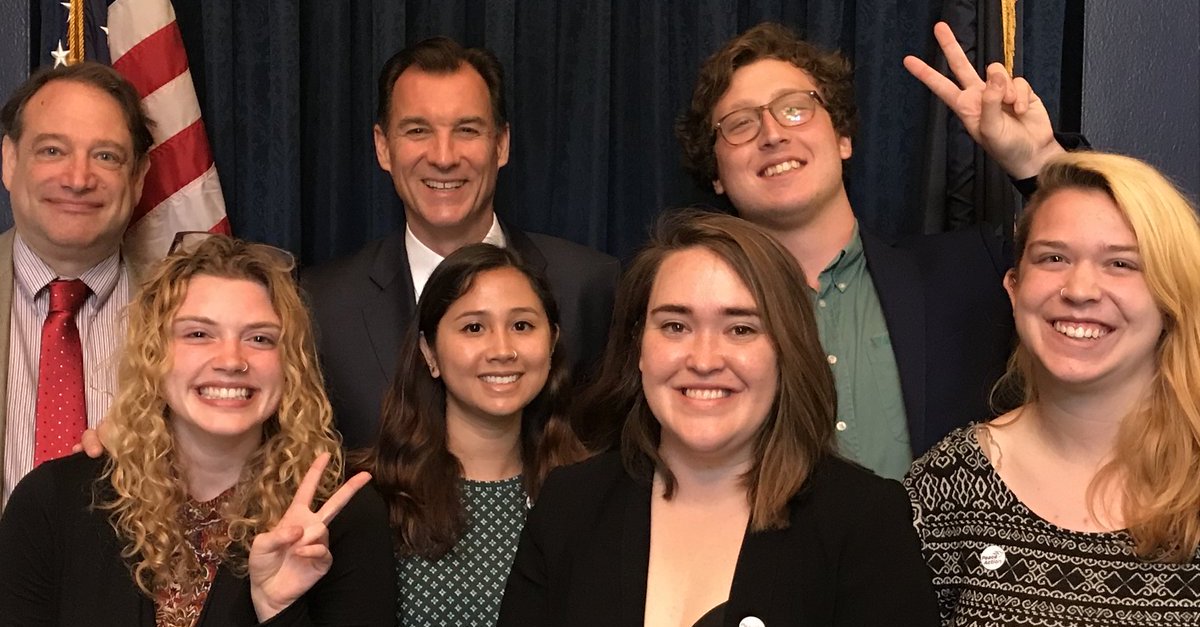
Lobby Packet Materials
Congressional Action Steps
A list of short-term steps members of Congress can take to help prevent war and support diplomacy on the Korean Peninsula; support peace in the Middle East; support peace and diplomacy in Venezuela; reduce the threat of nuclear weapons; and rein in the Pentagon budget.
Policy Briefing: Rein in Pentagon Spending
Policy analysis on reining in Pentagon spending: the U.S. compared to the world, spending tradeoffs, the Pentagon slush fund, and steps members of Congress can take.
Policy Briefing: Prevent War with Iran
Policy analysis on preventing war with Iran: the Trump administration’s dangerous policies, the need for Congress to assert its authority over war, the likely consequences of war with Iran, the need for diplomacy, and steps members of Congress can take.
Policy Briefing: Reduce the Threat of Nuclear Weapons
Policy analysis on the threat of nuclear weapons: the cost of a new arms race, the need for a no-first-use policy, the problem with making “more usable” nuclear weapons, the benefits of nuclear arms control agreements, and steps members of Congress can take.
Policy Briefing: Support Diplomacy with North Korea
Policy analysis on supporting diplomacy with North Korea: progress so far, the need for a peace agreement, roadblocks to progress, next steps worth supporting, and steps members of Congress can take.
Policy Briefing: End U.S. Military Support for the War in Yemen
Policy analysis on the U.S. role in Yemen’s civil war: unauthorized U.S. military operations, U.S. complicity in war crimes, the worst humanitarian crisis in the world, national security consequences, polling on U.S. involvement in the war, and steps members of Congress can take.
Policy Briefing: Oppose Intervention in Venezuela, Support Diplomacy and Aid
Policy analysis on U.S. policy towards Venezuela: the dangers of military intervention, the problem with sanctions, the need to de-politicize humanitarian aid, diplomacy led by Venezuelans, and steps members of Congress can take.
Policy Briefing: Reclaim Congressional War Powers
Policy analysis on reclaiming congressional war powers: the 2001 war authorization, redefining war, invoking the War Powers Resolution for Yemen, and steps members of Congress can take.
A Brief Guide to Writing Your Member(s) of Congress
Click here for a printer friendly version.
Personalized letters, whether sent via email or handwritten and mailed, are one of the best ways to impact your Members of Congress. Sometimes, they’ll even bring letters from their constituents to the floor of Congress and read them aloud.
Different congressional offices weigh the importance of various types of constituent contacts differently, but a good rule of thumb is the more effort that goes into your contact, the more weight it is given. That means handwritten letters can be the best option, but they can also take longer to reach the offices because they go through a rigorous screening process, so if you’re writing your member of Congress about an upcoming vote or another urgent issue, email may be a better choice.
Some tips for writing a strong, compelling letter or email:
- Be formal. Date the top of the letter and use the Senator’s or Representative’s full name and title, i.e. Dear Senator Dianne Feinstein. At the end of the letter, close with separate lines for Sincerely, your signature, your full name, and your full address (so they know you’re really a constituent).
- Introduce yourself as a constituent. If you voted for them, contributed to their campaign, or are writing on behalf of a group or organization, let them know.
- Write your position on the issue you’re addressing, and what you want your Member of Congress to do about it.
- Include facts to substantiate your position. If you’re writing an email, you can link to credible sources that backup your position.
- Write something about why this issue is so important to you. If you can think of one, include a personal anecdote or story that explains why it matters to you.
- Reiterate what you’re asking them to do, in more specific terms if needed than at the beginning of the letter.
A Brief Guide to Lobbying Your Member(s) of Congress
Click here for a printer friendly version.
This guide provides a basic overview of how to book a meeting with Members of Congress or their staff, and how to have a successful and impactful meeting once you do. Above all, remember that Members of Congress and their staff are real people, so treat them with respect and courtesy whether or not you agree with their perspectives.
How to get a meeting:
- Go to the website and call the appropriate office to find the preferred method of making a request and the name of the scheduler.
- Know who you want to meet with. Always try to meet with the Member of Congress themselves, but if they are not available, try to meet with the highest-level aid possible. Note that some staff are just as influential as the legislator on certain issues. Typically, the hierarchy goes: Member of Congress, Chief of Staff, Deputy Chief of Staff, Senior Policy Advisor, Legislative Director, Legislative Associate or Fellow and Legislative Correspondent. Communication Directors and Press Secretaries can be important for press work and Schedulers can be more like Office Managers or Executive Assistants.
- Follow up with phone call.
- Also remember that you can meet with Members of Congress in district during recesses. Even during sessions, Members are typically in-district on the weekends and all or part of Mondays and Fridays. And you can meet with congressional staff without going to DC by scheduling lobby conference calls.
- Don’t be discouraged if they don’t agree to a meeting right away. Members of Congress and their staff are busy people, and you can always try again later.
Before the meeting:
- Decide who will cover which points, and get some practice in beforehand
- Plan to only get 2 or 3 key points or asks across
- Prepare a packet to leave with the Member of Congress or their staff. This could include:
- Peace Action Policy Briefings
- Polling on the issues you’re covering
- Relevant and persuasive news articles or op-eds, especially from publications in their home state or district
At the meeting:
- Arrive early. Check in at reception 5-10 minutes early. Be prepared with a business card if you have one.
- Dress for Success. Don’t let looks get in the way of your message. Look professional. Dress for security checks.
- Double check how much time the member/staffer(s) have. Schedules change.
- Introduce yourself with as many titles as possible: church, union, PTA, etc. (But be clear about whether you’re speaking on behalf of any groups you’re affiliated with or not).
- Thank them for past actions or statements in line with the issues you care about.
- Listen to what they have to say.
- Ask directly for what you want and wait for a response. It’s challenging to ask for more than three things. Be as specific as possible.
- Be extremely respectful of time and any confidential information they share.
- Ask if you can share information learned at meeting with others. Get the email and business cards of all staff you meet with. If you forget, the front desk can help.
After the meeting:
- Follow up with a thank you letter outlining your key points, asks and anything they or you agreed to do. You will email this to the main person you met with, and CC to any other staff in attendance.
Town Hall Materials
Decisions are made by those who show up.
Attend constituent coffees or congressional town halls near you, ask your members of Congress tough questions and tell them where you stand. Find tips and tricks on town hall activism, sample questions, placards to pass out and hold up during events, and flyers to get your fellow constituents thinking about the issues. Check out Town Hall Project to find a congressional town hall near you.
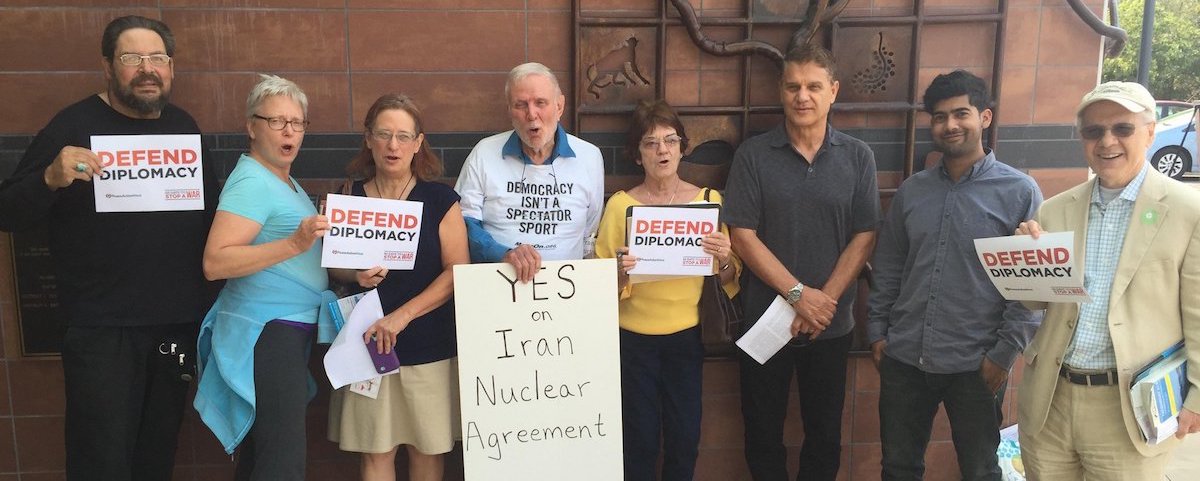
Town Hall Tips and Sample Questions
Click here for a printer friendly version.
Asking a question directly to your Representative or Senator is a powerful way to help frame the debate, impact their decision-making, and provide them an opportunity to take a vocal stance on an important issue.
Here are a few tips for when you arrive:
- Arrive 30 mins early
- Get a good seat in the front so that you can hold up a sign
- Make sure your camera, phone, or recorder is ready
- Most town hall meetings will start with the member of Congress giving a speech and then opening the floor for questions. Don’t hesitate to raise your hand quickly and confidently, or head straight to the microphone, to be sure you get an opportunity to ask your question. If you can, have someone record video of the Rep. responding to your question — it’s very useful to have should they say something newsworthy, and often good for social media.
- When it is your turn to ask your question:
- Introduce yourself and where you are from
- Ask a concise question, that even people who don’t know much about the issue can understand.
- Have a few questions prepared in case someone before you has asked the question already.
- After a town hall members of Congress may have time to meet people
individually and shake their hands. If so, you can take the opportunity to
ask a question that wasn’t asked, ask a more detailed or follow-up
question.
Sample Questions:
- If the President chose to use a nuclear weapon for a pre-emptive strike, do you agree it would be an act of war, and should therefore require congressional approval in advance? If so, will you commit to support legislation that would require congressional approval for the president to order a nuclear first strike?
- U.S. military support for the Saudi-led intervention in Yemen has been fueling the worst humanitarian crisis in the world, making the U.S. complicit in war crimes, and fueling extremism in Yemen. Do you support ending U.S. military support for the intervention, and if so, how do you plan to advance that goal?
- The 2001 authorization for the use of military force (AUMF) has functioned as a blank check for the president to wage endless war. Do you support repealing the 2001 AUMF? If not, are there other steps you support to restrict the president’s authority to wage war?
- The Korean War ended with the signing of an armistice rather than a peace treaty, so the war never formally ended. North Korea has repeatedly voiced its desire for security guarantees in exchange for concrete steps towards denuclearization. The South Korean government has voiced its desire to sign a declaration to formally end to the war before the end of the 2018. Do you support the U.S. signing a declaration with North Korea, South Korea, and China to formally end the Korean War as a first step towards meeting the North’s desire for security guarantees? If not, what steps would you support to meet North Korea’s desire for security guarantees?
- While the Trump administration’s approach to negotiations with North Korea has been somewhat erratic, it has generally stuck to its demand that North Korea take significant steps towards denuclearization prior to receiving any sanctions relief or to the U.S. signing a declaration to formally end the Korean War. Do you support a more staged approach to negotiations that might offer partial sanctions relief, for example, in exchange for reciprocal steps from North Korea?
- Since the start of negotiations, North Korea stopped testing ballistic missiles and nuclear bombs, released American prisoners, and facilitated the return of U.S. service member remains. Are there any confidence building measures you think the U.S. should consider taking to reciprocate these shows of good faith?
Town Hall Placards and Flyers
Passing out placards to your fellow constituents as people are arriving for a town hall is a good way to grab the attention of your member of Congress. Flyers can also help get people thinking about good questions to ask.
Media Materials
Shaping the media narrative is one of the most effective ways to influence policy, and anyone can be a part of shaping it.
Whether you’re submitting letters to the editor for publication in your local paper, or posting on social media, these tools can help you have an impact. For sample messaging on particular issues, visit Peace Action’s Media Center.

Letter to the Editor Tips
Click here for a printer friendly version.
Writing and submitting a letter to the editor — usually a response to an article in a newspaper — is a great way to shape the public debate. These are some basic pointers.
Find an article:
- A recent article (submit your letter the same week if possible)
- An article that begs a question
- An article that puts forward a perspective you disagree with
- An article that makes a point that you want to add to
Increase your chances of getting published:
- Find and read the submission instructions for the paper you choose
- Google: “(name of the paper)” “submit” “letter to the editor”.
- For most papers, the letter should be ~ 150 words.
- Be pithy — forceful, concise, powerful.
- Offer a point of view on the topic that was not considered.
- It is easier to get published in a local or regional paper near you than it is to get published in the New York Times for example. That said, major national papers have the highest readerships, so if you’re feeling ambitious, go for it!
Social Media Library
Using images and infographics in Twitter and Facebook posts dramatically increases engagement and interest in what you have to say. Try using these.


